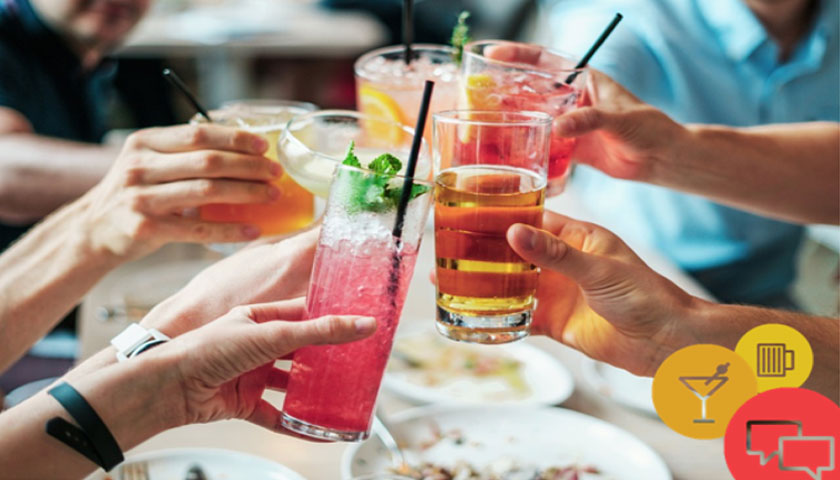The ASA/CAP have released a post called: Alcohol alternatives – new rules and guidance are live. I have enclosed the text of the link below, but please have a look at the ASA/CAP site as there are lots of things of interest to anyone with an interest in Ethical Marketing.
Following a public consultation in 2022, the new CAP and BCAP Code rules on alcohol alternative product advertising that were announced at the end of last year have now come into force. As many of the rules depend on the content of an ad and the context in which it appears, they are accompanied by formal guidance that explains how the rules should be interpreted and applied, including examples of approaches that would not be acceptable.
The new rules appear in Section 18 of the CAP Code, and Section 19 of the BCAP Code and relate to the promotion of beverages with an ABV at or below 0.5% which are marketed as alternatives to alcoholic drinks. The new rules cover the content of alcohol alternative product ads and how they should be appropriately targeted or scheduled.
The new guidance provides more detailed information on what is expected from advertisers and covers:
ABV Limits
For the purposes of the Codes, alcohol alternatives products are those at or under 0.5% ABV, which is typically in line with how the alcohol alternatives market broadly describes their ‘alcohol free’ products.
Definition
Alcohol alternatives are non-alcoholic drinks (those at or under 0.5% ABV) that are intended to replace alcoholic drinks in contexts where they would normally be consumed, e.g. non-alcoholic beer. The Codes state that an ad will be subject to the new rules “…if it is likely to be understood by the audience as an ad specifically for an alternative to alcohol, whether in general or as a non-alcoholic version of a particular alcoholic drink…”.
Cross-promotion and Shared Branding
Ads might, whether by accident or design, have the effect of promoting alcoholic drinks. A clear example would be promotion of alcohol alternatives alongside alcoholic drinks, as part of a wider brand range or by a retailer. More implicitly, the use of alcohol-related imagery (similar packaging, glassware, or serving styles) without clarity about the alcohol-free nature of the product is likely to be considered to have the effect of promoting alcoholic drinks, even though the product itself is an alcohol alternative. Ads for alcohol alternatives which have the effect of promoting alcoholic drinks or a wider alcoholic brand must comply with the rules relating to alcoholic drinks.
Unsafe Circumstances and Consumption Habits
Alcohol alternatives are useful products for consumers who are unwilling or unable to drink alcohol in some or all circumstances, such as people with underlying health conditions or a designated driver. Ads for alcohol alternatives are not prohibited from depicting these scenarios, provided it is clear in the ad that the product is an alcohol alternative. Advertisers should take care to ensure that it is clear to consumers that, what might appear to be unsafe or inappropriate consumption, is acceptable because the product does not contain alcohol.
For advice related to specific non-broadcast marketing, feel free to contact CAP’s Copy Advice Team.

